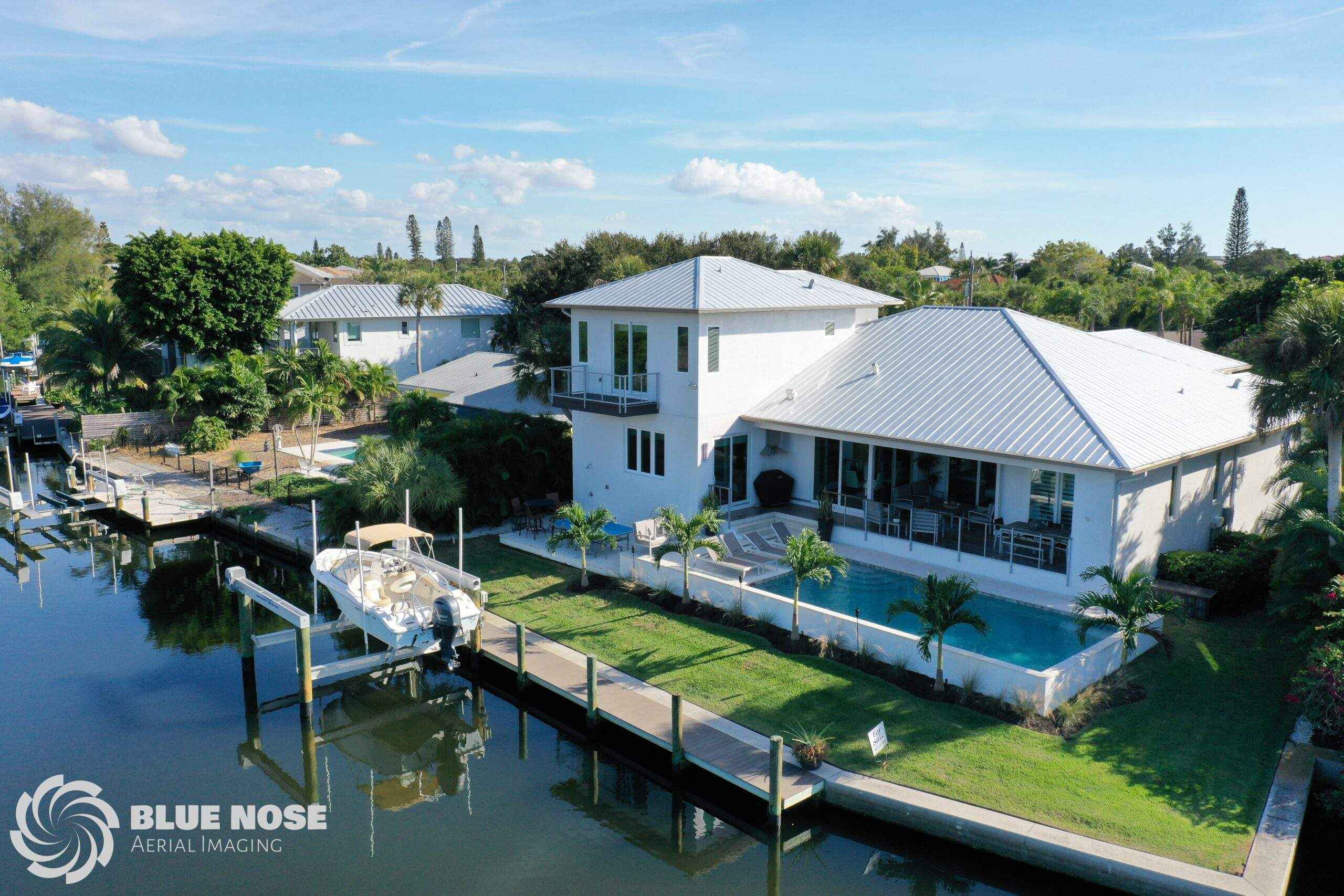Among all the marketing options available today, Real Estate Drone Photography and perfectly edited videos remain at the top of the trends in the real estate industry. It is considered one of the most effective marketing weapons for both commercial and residential properties.
With high-resolution cameras, aerial views, and innovative editing options, Real Estate Drone Photography shows properties from their best angles and offers customers eye-catching views. In fact, according to the multiple listing service (MLS), homes and properties with drone images are up to 68% more likely to sell than those without them.
Since drone photography in the real estate market remains highly sought after, becoming an in-demand real estate photographer in a saturated market can sometimes be challenging. However, if you’re passionate and hardworking, constantly honing your skills, developing a unique personal style, and maintaining a competent portfolio, you can mark your space in the industry.
So whether you are just starting out or have some experience under your belt, we’ve provided answers to common questions related to Real Estate Drone Photography that will help you. Let’s dive in!
Real Estate Drone Photography: Your Top Questions Answered
Question: How do I get into real estate photography?
Answer: Start where you are. It’s very likely that you won’t have any clients if you’re just starting out. Ask your friends and family to let you photograph their properties for free. This will help you start to compile shots, gain experience, and hone your aesthetic. You can then put your best images up on a professional portfolio website to show off your work. Then share your portfolio with real estate and property management agencies.
Question: Do I have to have a license to fly a drone?
Answer: Yes! If you’re flying a drone for compensation, you must have a Part 107 certificate from the Federal Aviation Administration (FAA). Check out our friends at the Sonoran Desert Institute and see how they can help you get certified!
Question: When is the best time of day to fly?
Answer: Typically, we recommend flying during the “golden hour.” During this time (just before sunset and just after sunrise), the light is softer, warmer, and at a lower angle in the sky. This is usually a flattering combination and can lead to more dramatic effects compared to other times of day. Be ready to capture a lot of photos and develop a plan for composition to optimize your shoot.
Question: Is there a standard shot list for real estate projects?
Answer: It depends. Each shoot will probably have a “straight down” property view, a shot from farther away showing the entire structure, and shots highlighting the surrounding area. Beyond that, it depends on what the property offers and what the client would like to feature.
Question: How much should I charge for real estate photography?
Answer: This is perhaps the most common question we get as a commercial drone service provider. As with most things in business, it varies considerably and depends on the products and services that you’re providing. At Blue Nose Aerial Imaging, we pride ourselves on our applied technical training, standardized operation, and our team of subject matter experts and fellow franchise owners. Generally, we build real estate photography quotes at a rate of $100-150 per hour.
What equipment is needed for Real Estate Drone Photography?
Answer: The key ingredient for drone photography is a camera-equipped drone. There are a few aspects to look out for when selecting a drone:
- Camera Quality
A drone with a high-resolution camera is a must (think around 12 megapixels and up). For the best video drones, 4K video with a good frame rate (30 frames per second) is important.
- Flight Stability
Many drones come with a built-in gimbal. This helps maintain a smooth flight and stability for sharp images.
- Range
Range dictates how far a drone can travel from your controller. A short-range can be a hassle. Aim for at least a mile range to be on the safe side.
- Flight Duration
The average flight time of a professional drone is around 30 minutes. While some professional drones operate for 20 minutes, any extra time you can afford is a plus.
Question: What is the best Drone for Real Estate Drone Photography?
Answer: We prefer drones like the DJI Phantom 4 Pro for professional real estate drone photography. The DJI Mavic 2 Pro and Mavic 3 Pro are considered some of the best video drones available. The DJI Inspire 2 is also a good option, but it’s more optimized for other professional applications.
Question: How can I start my Real Estate Drone Photography business?
Answer: If you’re looking to start your own real estate drone photography business, opt for the Blue Nose Academy – the most effective program developed by subject matter experts in partnership with our Blue Nose Aerial Imaging franchise owners. The Blue Nose Academy is ideally suited for those that are:
– fresh out of your Part 107 exam feeling unprepared on how to get started in this industry
or
– a drone service provider who’s reached a real ceiling and is looking for some concrete knowledge to take your business to the next level
This is the right course for you. At the Blue Nose Academy, we will give you the tools, inspiration, and unparalleled support on your journey to creating and launching your drone business.
Conclusion
We hope this article helped answer some of the top questions related to Real Estate Drone Photography. If you have any more questions that are not addressed here, or you’re looking for assistance regarding the Blue Nose Academy, get in touch with us. We are here to help!


Test comment. Please ignore. Sorry for the inconvenience.